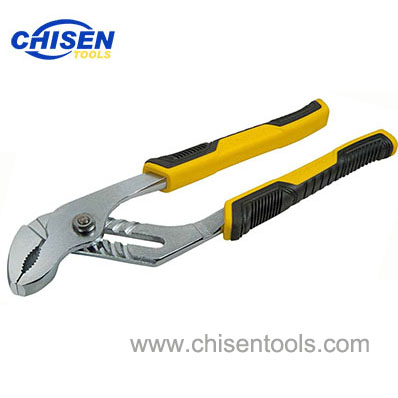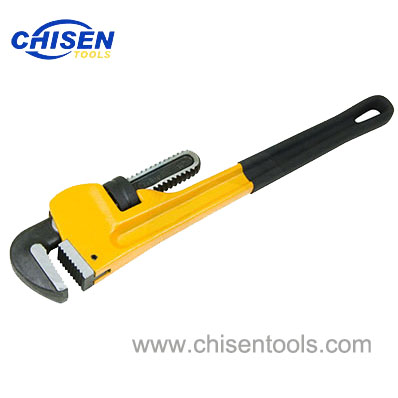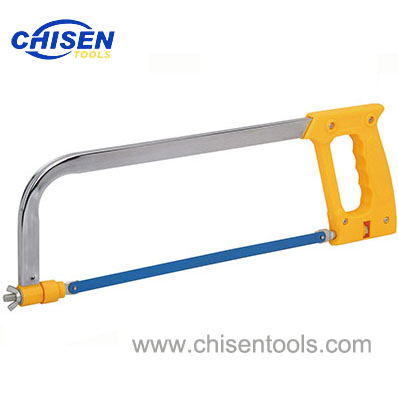Electronic Cutters
Electronic Cutters, Flush Cut Pliers, Wire Cutter In Electronics, Wirecutter Pliers, Precision Flush Cutter, Electronic Wire Cutters, Electronics Pliers.
| Item No.: | CS012155 |
| Material: | Stainless Steel |
| Material of Handles: | TPR Handles |
| Size: | 5" | 125mm |
| Surface Treatment: | Satin |
| Weight: | 0.14 Pounds | 2.16 ounces |
| Cutting Edge Shape: | Flush |
| Cutting Capacity: | Soft Wire: 1/64" to 1/16" Medium Hard Wire (nail string): 3/64" |
| Specification: | DIN ISO 9654 |
Detailed Description:
Chinese professional manufacturer of electronic cutters.

- Material: Stainless steel, cutting edges induction hardened
- Handle: TPR Handles
- Surface Finish: Satin
- Length: 5"
- Width: 2"
- Height: 0.6"
- Weight: 0.14 Pounds | 2.16 ounces
- Cutting Edge Shape: Flush
- Cutting Edge HRC: Approx. 64 HRC
- Cutting Capacity - Soft Wire: 1/64" to 1/16"
- Cutting Capacity - Medium Hard Wire (nail string): 3/64"
Electronic Cutter's Features:
Precision pliers for ultra fine cutting work. Very precisely ground and sharp cutting edges. Approximately 20% lighter than conventional electronics pliers. Opening spring with built-in opening limiter. Joint with stainless steel rivet. Great for general purpose cutting of wire, cable ties and electrical components. Cutting edge hardness (approx. 64 HRC) for longer life and for more durable cutting. Cutting capacity - up to 1/16" for soft wire and 3/64" for medium wire. Precision shaped tips cut wires resting on a board from 1/64" (0.2 mm) diameter. Extremely smooth movement for minimum operator fatigue. Grooves in handle provide a steady grip when applying slight pressure. Lead catcher, no uncontrolled loss of cut wire ends.
Electronic Cutter's Blister Card Packaging

Mini Electronic Cutters with Lead Catcher
One of the things we use our micro-shear flush cutter for is to trim the leads of electrical components. These small leads are flexible, but also stiff and hard. As a commenter brought up recently in a comment to my review, component leads tend to fly off once cut. There are different ways to prevent this fly-off behavior. Usually, I just shield the area so the cut-off part cannot fly far. I once tried clamping something to the lead, but that led to extra steps that I just didn’t want to bother with. So, most of the time I either let the leads jump or fly, sometimes I shield them.
There are different ways to prevent this fly-off behavior. Usually, I just shield the area so the cut-off part cannot fly far. I once tried clamping something to the lead, but that led to extra steps that I just didn’t want to bother with. So, most of the time I either let the leads jump or fly, sometimes I shield them.
 After a bit of searching to see if there was a special cutting blade profile designed especially for cutting component leads, I found a notice on a website that says most of their diagonal cutters can be equipped with an optional lead catcher. I was thinking that perhaps there were cutters with super-sharp ultra-flush bevel blades that might be suited for cutting leads, but a lead catcher seemed like a smarter solution.
After a bit of searching to see if there was a special cutting blade profile designed especially for cutting component leads, I found a notice on a website that says most of their diagonal cutters can be equipped with an optional lead catcher. I was thinking that perhaps there were cutters with super-sharp ultra-flush bevel blades that might be suited for cutting leads, but a lead catcher seemed like a smarter solution.
 After hunting down images of what a lead catcher looks like, I came across the cutters that are designed for electronics work. Several of the models feature built-in lead catchers.
After hunting down images of what a lead catcher looks like, I came across the cutters that are designed for electronics work. Several of the models feature built-in lead catchers.This cutter clearly shows how a lead catcher works
It now makes perfect sense how a lead catcher works. Essentially, there is a spring-steel clamp that traps lead cut-offs between the lead catcher and the inside of cutter blades. Ease pressure on the handles and the lead can then be removed from the cutter’s jaws.With a lead catcher, there is no need to shield the lead from jumping or flying away, no need to hunt down leads after they fall into an enclosure, and no need to worry about potentially poking a bystander in the eye.
What’s funny is how commenter was thinking about how to solve the problem of flying leads with a compound jaw mechanism that allows for increased control and slower cutting, and I was thinking about how to ease jaw pressure by using super-sharp and easier-cutting jaw blades.
We were both unaware that an ordinary electronics diagonal cutter with simple clamp accessory is a much simpler and already available solution.
In my searching, I also saw a variation of this design where the lead catcher was a wire that is looped around a small screw threaded into the pivot. I suppose that is why some of my higher priced mini cutters have threaded pivots.




